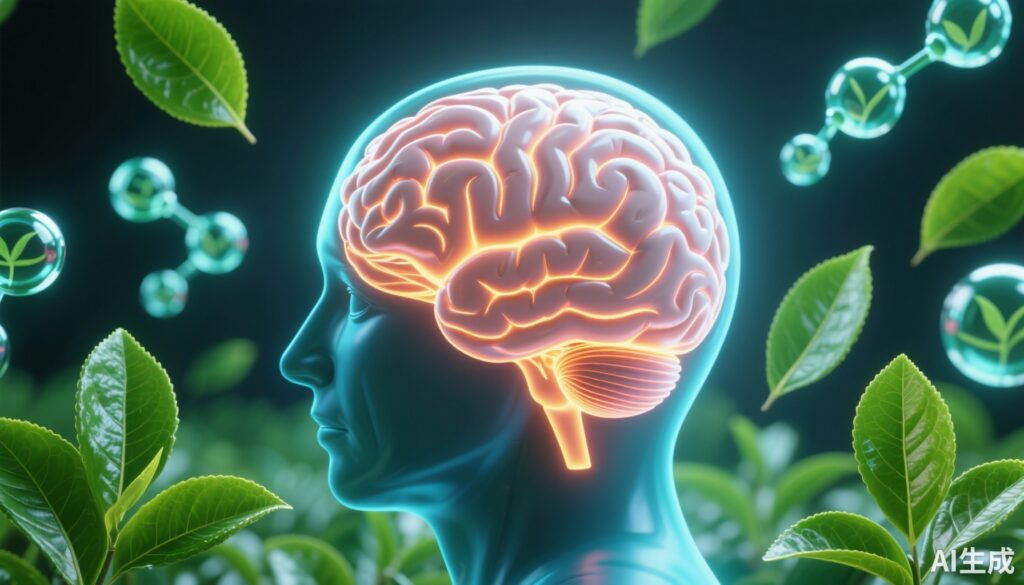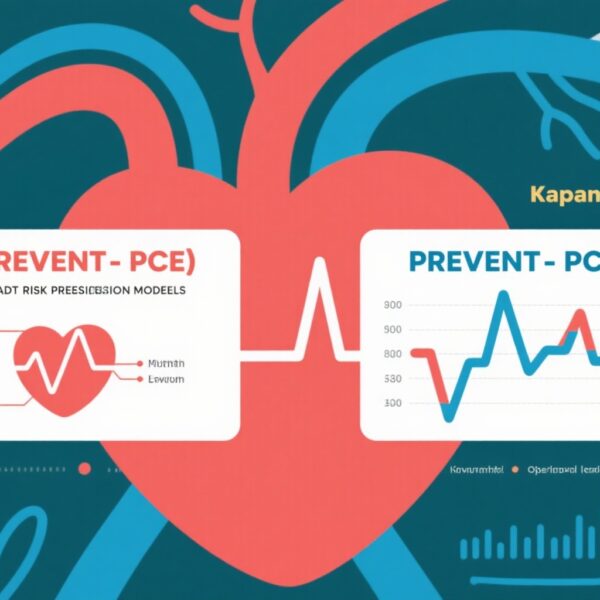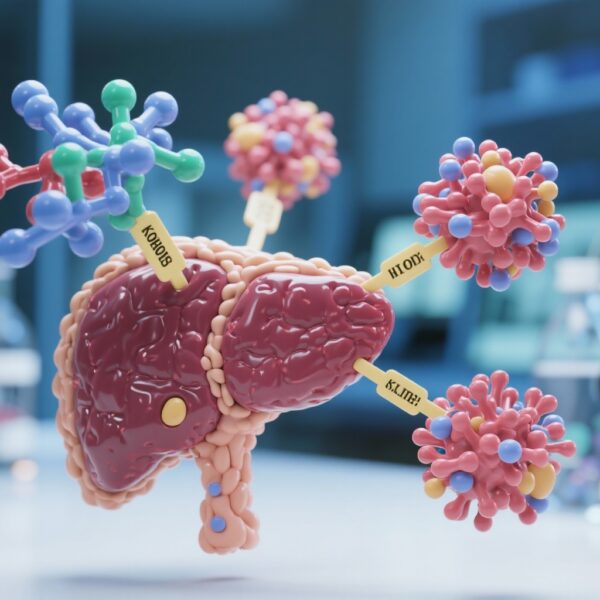Introduction: Rethinking Brain Aging
Aging is often thought to be an inevitable, time-driven decline, especially when it comes to our brain function. But recent research challenges this notion by pinpointing the real culprit behind dwindling vitality: the loss of cellular energy, not time itself. Scientists at the University of California, Irvine have uncovered an unexpected key player in brain aging — a molecule called guanosine triphosphate (GTP). This discovery opens exciting doors to potential interventions that could reverse brain aging within a matter of hours.
What is GTP and Why is it Essential?
GTP, or guanosine triphosphate, is a cellular energy molecule structurally similar to the more familiar ATP (adenosine triphosphate). While ATP serves as the universal energy currency for cells, GTP has a distinct and critical function in neurons, the specialized cells of the brain.

In neurons, GTP powers essential processes including synaptic plasticity — the brain’s ability to adapt and form new connections — as well as autophagy and vesicular transport. Autophagy, often described as the cell’s cleanup system, alongside endocytosis (the equivalent of a cellular courier service), remove damaged components and recycle resources. These processes maintain neuronal health and cognitive function.
GTP Decline and Brain Aging
The research from UC Irvine demonstrates that as we age, GTP levels in brain neurons steadily decrease. This decline impairs autophagy and endocytosis, resulting in the buildup of cellular waste, and accelerates neurodegenerative changes. This discovery reframes brain aging as an energy crisis at the cellular level, rather than merely the passage of time.
A Breakthrough Intervention: Nicotinamide and Green Tea Polyphenols
In an exciting preclinical study using mouse models, scientists administered a combination of nicotinamide and green tea polyphenols to aging neurons. Remarkably, within 16 to 24 hours, neuronal GTP levels were restored to those found in youthful brains.
This “energy boost” enhanced the cells’ cleanup efficiency and increased neuronal survival rates by 22%. Such rapid restoration of cellular health hints at powerful therapeutic possibilities.
The Roles of Nicotinamide and Green Tea Polyphenols
Nicotinamide, the active form of vitamin B3, serves as a precursor to NAD+ (nicotinamide adenine dinucleotide). NAD+ is crucial for cellular energy metabolism and DNA repair. As we age, NAD+ levels decline sharply, which contributes significantly to brain aging and vulnerability.
Green tea contains potent polyphenols, especially epigallocatechin gallate (EGCG), which have antioxidant and anti-inflammatory effects. These polyphenols act as a shield against free radicals—damaging molecules that contribute to oxidative stress and inflammation in neurons.
Synergistic Effects: How Nicotinamide and Green Tea Work Together
Combined, nicotinamide and green tea polyphenols produce a synergistic effect beyond their individual benefits. This mixture not only boosts energy metabolism but also strengthens mitochondrial function, increasing ATP production and improving neuronal communication.
Crucially, normal levels of autophagy were reinstated, enabling the clearance of amyloid-beta protein aggregates—a hallmark of Alzheimer’s disease—and oxidative protein buildup. This cleanup revival correlates with improved cognitive function seen in experimental models.
The Underlying Mechanisms: Fueling Repair and Protection
Nicotinamide elevates NAD+ levels, fueling energy production and activating cellular self-repair pathways. Meanwhile, green tea polyphenols reduce oxidative damage by neutralizing free radicals and suppressing inflammatory signaling molecules, forming a robust protective barrier for neurons.
Together, these compounds form a fortified defense line supporting neuron survival and optimal functionality.
Implications for Brain Health and Aging
This research shifts the paradigm by suggesting that brain aging is not just a fixed, irreversible decline but might be modifiable through targeted nutritional interventions that restore cellular energy balance.
For the general public and clinicians alike, these findings highlight the importance of maintaining NAD+ levels and protecting neurons from oxidative stress as strategies to preserve mental agility and ward off neurodegenerative disease.
Practical Tips: Incorporating Nicotinamide and Green Tea in Daily Life
– **Dietary Sources:** Nicotinamide can be found in meats, fish, nuts, and fortified cereals, while green tea is a widely accessible beverage rich in protective polyphenols.
– **Supplementation:** Consult healthcare providers about nicotinamide or green tea extract supplements, especially in the context of cognitive concerns.
– **Lifestyle:** Regular exercise and balanced nutrition support mitochondrial health and cellular energy metabolism.
Expert Insights
Dr. Maria Thompson, a neuroscientist not involved in the study, comments, “This study elegantly connects the dots between cellular energy deficits and brain aging, offering a tangible approach to reinvigorate neuronal function. Although human studies are needed, it opens an exciting avenue for potential interventions in neurodegenerative diseases.”
Fictional Case Scenario: John’s Cognitive Revival Journey
John, a 68-year-old retired teacher, noticed subtle memory lapses and a decline in mental sharpness. Intrigued by recent science, he adopted a regimen rich in nicotinamide-containing foods and increased his daily green tea intake. Within weeks, John reported clearer thinking and improved alertness. While anecdotal, his story underscores the potential everyday benefits of nutrient synergy on brain vitality.
Conclusion
The University of California, Irvine’s research highlights a novel energy-based perspective on brain aging, revealing that natural compounds like nicotinamide and green tea polyphenols can rapidly restore critical neuronal functions. This finding offers hope for new interventions to combat neurodegeneration and cognitive decline. While more research is warranted, especially in humans, maintaining a diet rich in these compounds appears a wise strategy for brain health.
References
1. University of California, Irvine study: https://link.springer.com/article/10.1007/s11357-025-01786-4 IF: 5.4 Q1 2. Verdin E. NAD+ in aging, metabolism, and neurodegeneration. Science. 2015;350(6265):1208-1213.
3. Mandel SA, et al. Neuroprotective effects of green tea polyphenols: A mechanistic review. Neural Regen Res. 2011;6(15):1216-1227.



